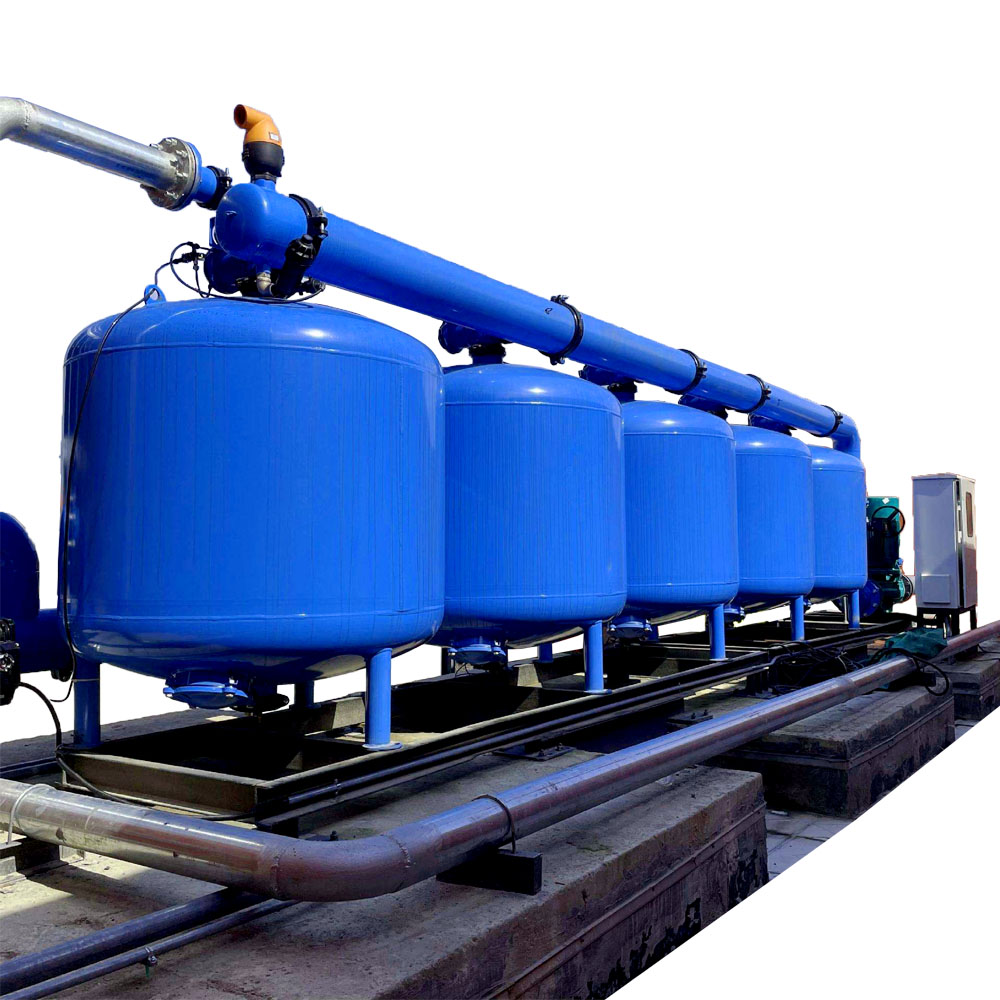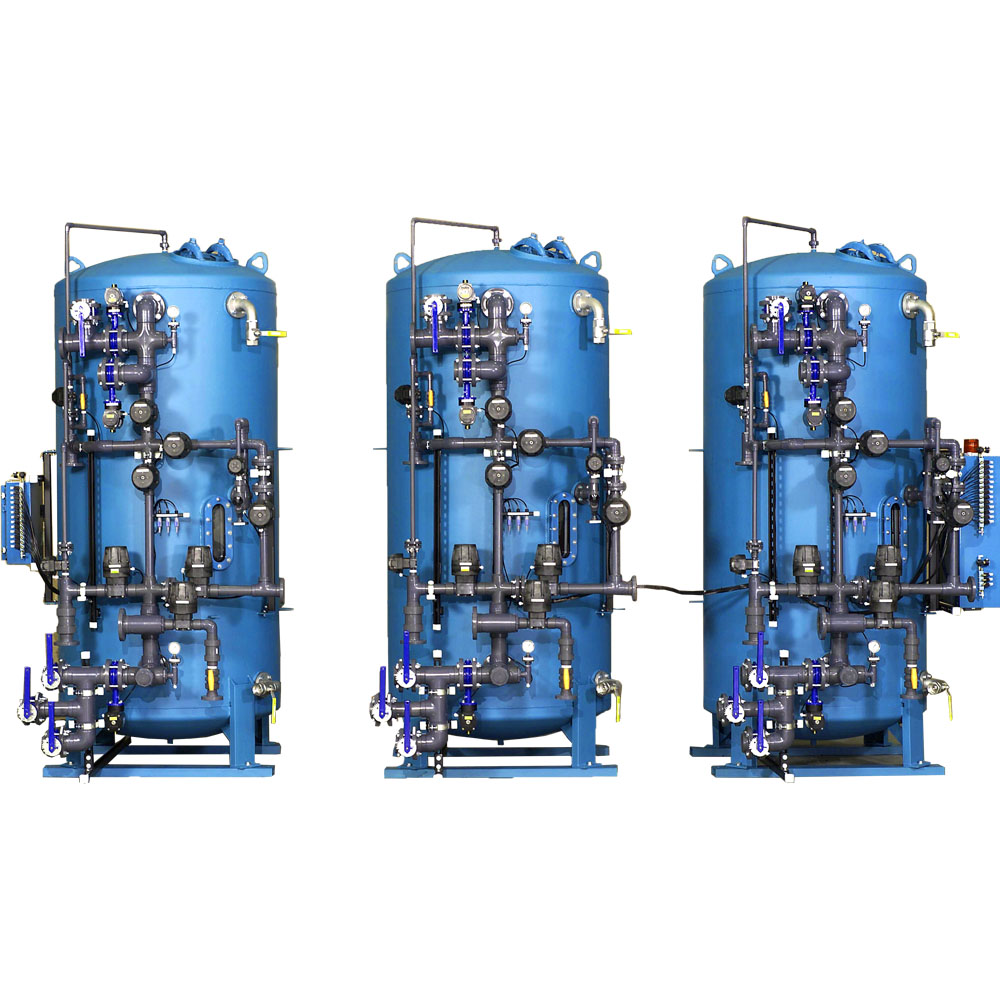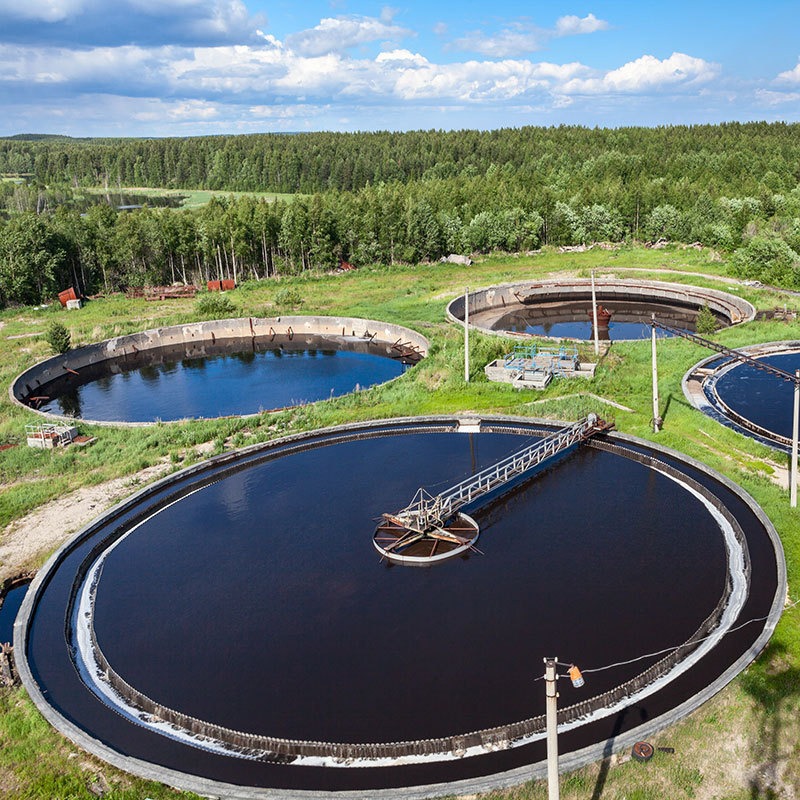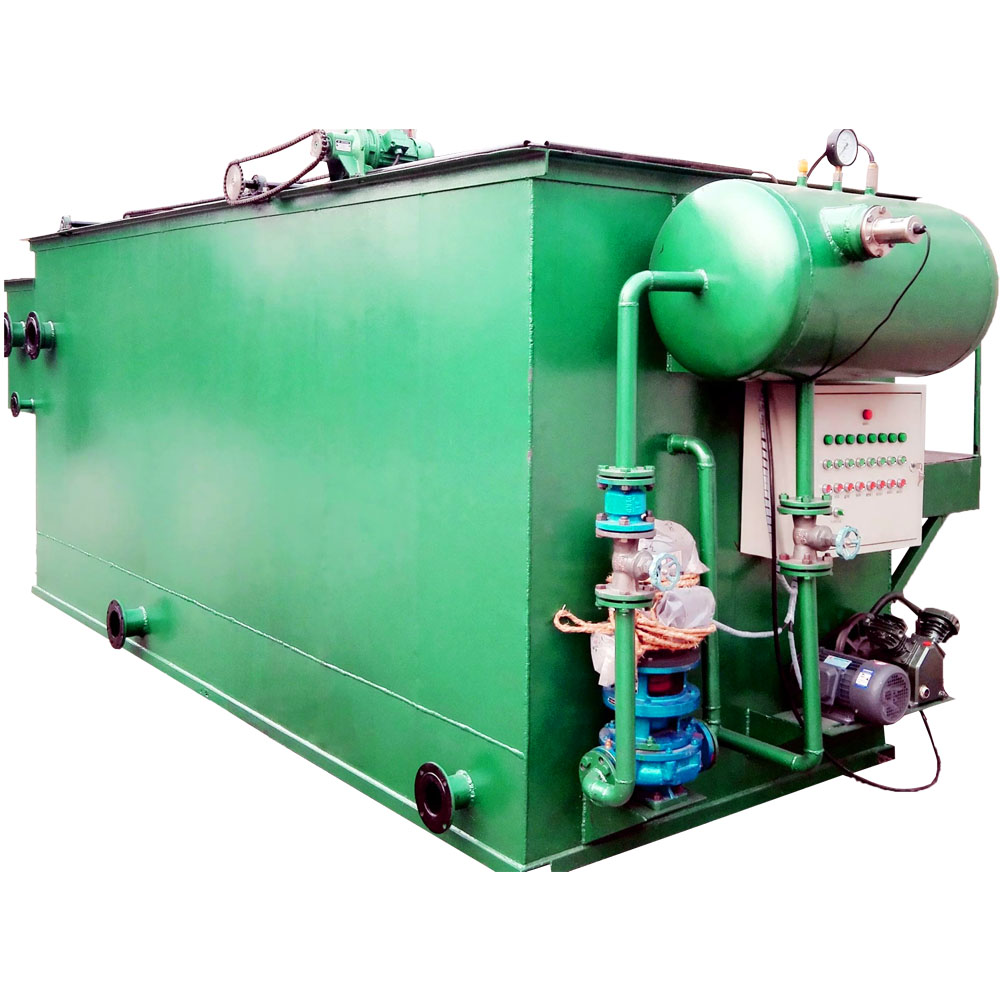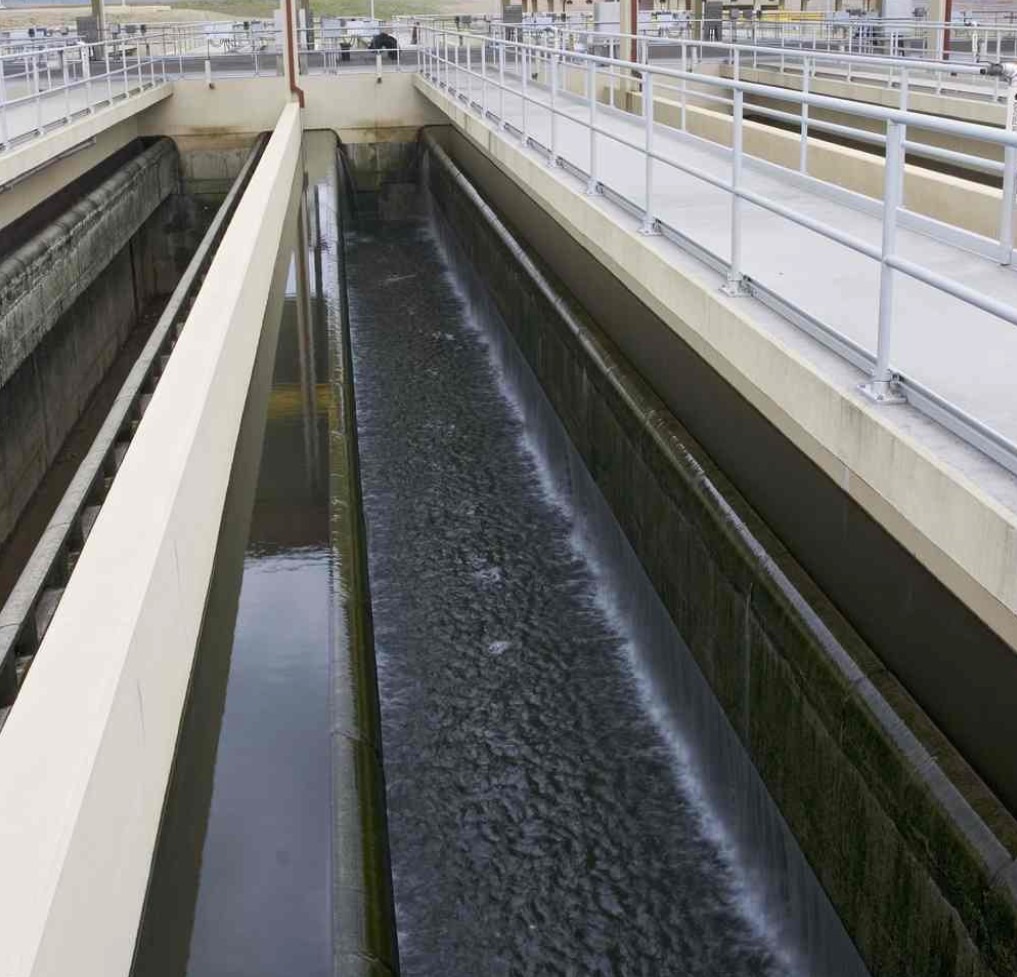生化膜反应器12-scaled.jpg)
Most popular wastewater treatment technology
1. Activated sludge technology: Activated sludge technology is a biological method that introduces air into wastewater to allow aerobic microorganisms to multiply and cultivate to form activated sludge with strong adsorption capacity. Biological methods have gradually become the mainstream method of sewage treatment technology. The basic process of activated sludge

2.jpg)


